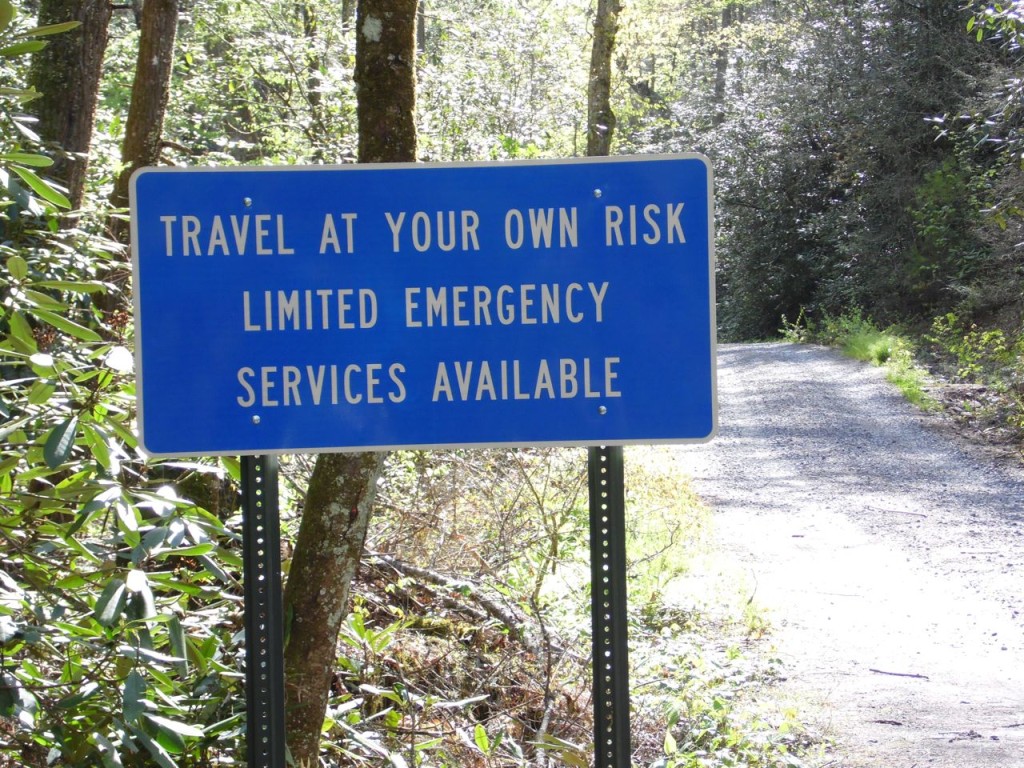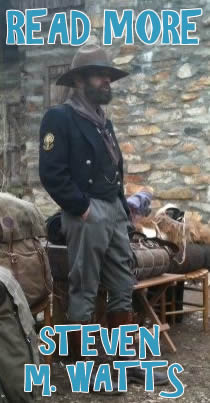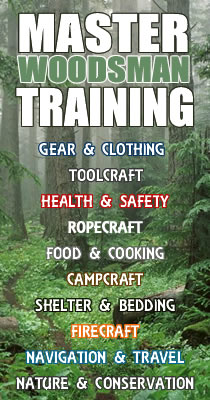When 911 is not an option!
Perhaps more important than any one given skill, is the ability to keep yourself and others safe and alive, psychologically and physically. When you’re miles from anything, the last thing you need is an injury (or worse) and not know what to do!
We have included this page to inform you of available programs not only to help you in the wilderness, but to help those in your group and even your community. In addition, you should know (in context) the qualifications from potential instructors and those you travel with into the field.
Below you will find a brief description of the recognized levels of training; Wilderness First Aid, Wilderness First Responder, and Wilderness Emergency Medical Technician. Currently, there are no National Standards for wilderness medicine. Beginning at the Emergency Medical Technician (EMT) level is where state licensure and a national registry exist. A wilderness certification would be additional.
RECOGNIZED LEVELS OF TRAINING
Wilderness First Aid (WFA) – As already indicated, there are no standardizations. However, the Boy Scouts of America (BSA), Girl Scouts of the USA, Sierra Club and others support the American Red Cross Wilderness and Remote First Aid training based on the BSA Wilderness First Aid curriculum. Here is a link to their Emergency Reference Guide in PDF. In addition to the Red Cross, many entities offer WFA, from the organizations listed below to your local R.E.I. and more. WFA is a basic course typically lasting 2 days. Some entities do offer an Wilderness Advanced First Aid (WAFA) course at 40 hours.
Wilderness First Responder (WFR) – A wilderness first responder is trained to deal with many situations that may be encountered in the wilderness. While a standard defined First Responder course as taught by an organization such as the American Red Cross may require 40 hours of training, the typical Wilderness First Responder Course involves 70-80 hours of training. Wilderness first responder training courses focus on teaching the students to assess a situation, improvise solutions using available resources to stabilize the patient and identify the best way to get the patient to definitive medical treatment. Those with the certification are usually referred to as “Woofers.”
Wilderness Emergency Medical Technician (WEMT) – There are 3 levels of emergency medical technicians: the EMT-Basic level, the EMT-Intermediate level and the Advanced EMT or paramedic level. Paramedics need to complete the most training and can perform the broadest and most advanced range of medical skills. Paramedic training includes EMT-Basic and EMT-Intermediate-level training and can be found at community and technical colleges, usually as part of associate degree programs. Specific wilderness medical care training can be earned subsequently through a certificate program. Each program in such a series would act as a prerequisite to the next level, and each program will prepare an aspiring EMT or paramedic for a separate level of state licensure. In some cases, licensure at one level may be required before moving on to the next level of education. Although states may have variances in requirements for paramedic licensing, all states require licensees to sit for the licensing exam given through the National Registry of Emergency Medical Technicians (NREMT).
INDUSTRY LEADERS OF WILDERNESS MEDICINE – The following entities are pursuing a normalization of wilderness standards and certifications. Also of note is the Wilderness Medical Society.
- Wilderness Medicine Institute (WMI of NOLS)
- Wilderness Medical Associates (WMA)
- Center for Wilderness Safety (CWS)
- Stonehearth Open Learning Opportunities (SOLO)
- Longleaf Wilderness Medicine (LWM)
SOLO – Stonehearth Open Learning Opportunities or SOLO is a wilderness medicine school offering certifications for Wilderness First Aid, Wilderness First Responder, Wilderness Emergency Medical Technician, and Search and Rescue.
Locations: Conway, NH
Website: http://soloschools.com
SOLO Southeast – SOLO wilderness medicine certification is recognized by organizations such as state EMS licensing boards, professional guiding organizations, the US Coast Guard, the American Camping Association, the Continuing Education Coordinating Board for Emergency Medical Services (CECBEMS) and countless others.
Location: Bryson City, NC
Website: http://solosoutheast.com
NOC – Nantahala Outdoor Center is where Solo Southeast is based.
Location: Bryson City, NC
Website: http://noc.com
NOLS – National Outdoor Leadership School – Whether you want the basic first aid skills you need to take personal day hikes or the knowledge to supervise others in a backcountry setting, NOLS Wilderness Medicine Institute course offerings will have your needs covered.
Location: Lander, WY
Website: http://nols.edu
Wilderness Medicine Conferences – Wilderness and Travel Medicine, LLC specializes in the highest quality expedition, travel, and wilderness medicine CME conferences for medical professionals. Our courses prepare participants to become more adept at rendering emergency medical care in wilderness environments, which can be remote and austere. These courses are also excellent preparation for medical problems associated with foreign travel, medical missions, and disasters.
Location: Bozeman, MT
Website: http://wilderness-medicine.com
Outward Bound – Start on your path as an outdoor educator by taking one of our multi-faceted instructor courses. Develop leadership skills in wilderness travel, and study group facilitation methods and creative course planning strategies. Learn about risk management in a variety of settings and earn your Wilderness First Responder (WFR) certification.
Location: Ashville, NC
Website: http://www.outwardbound.org/
Wilderness Medical Associates International – Wilderness Medical Associates International is dedicated to the development of remote and practical medicine around the globe. We are medical rescue professionals, researchers, experienced educators, and advocates for healthcare in wilderness contexts. Our curriculum, overseen and continually revised by a committee of medical practitioners and academics, has been taught on all seven continents.
Location: Portland, ME
Website: http://www.wildmed.com/
Aerie Backcountry Medicine – After 18 years in business with over 10,000 graduates, Aerie is unique in the wilderness medicine training world: small enough to focus on individual students and large enough to be involved in all levels of the outdoor industry and its training needs. All Aerie courses rely on effective, realistic and challenging scenarios. Working with a select staff primarily based in Missoula, Montana, we provide training to many of the largest land-management and outdoor-adventure agencies in the United States, present at the most prominent risk management and wilderness medicine conferences, and offer courses around the world.
Location: Missoula, MT +
Website: https://aeriemedicine.com/
Last updated March 2013








